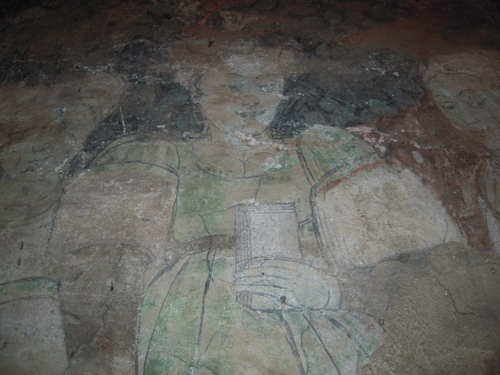Rosanne
From Lucien of Samosata: Alexander the False Prophet.
Love this ancient Guy!
~Rosanne
As you might have expected of two consummate rascals, greatly daring, fully prepared for mischief, who had put their heads together, they readily discerned that human life is swayed by two great tyrants, hope and fear, and that a man who could use both of these to advantage would speedily enrich himself. For they perceived that both to one who fears and to one who hopes, foreknowledge is very essential and very keenly coveted, and that long ago not only Delphi, but Delos and Clarus and Branchidae, had become rich and famous because, thanks to the tyrants just mentioned, hope and fear, men continually visited their sanctuaries and sought to learn the future in advance, and to that end sacrificed hecatombs and dedicated ingots of gold. By turning all this round and round in conference with one another and keeping it astir, they concocted the project of founding a prophetic shrine and oracle, hoping that if they should succeed in it, they would at once be rich and prosperous—which, in fact, befell them in greater measure than they at first expected, and turned out better than they hoped.
Love this ancient Guy!
~Rosanne





